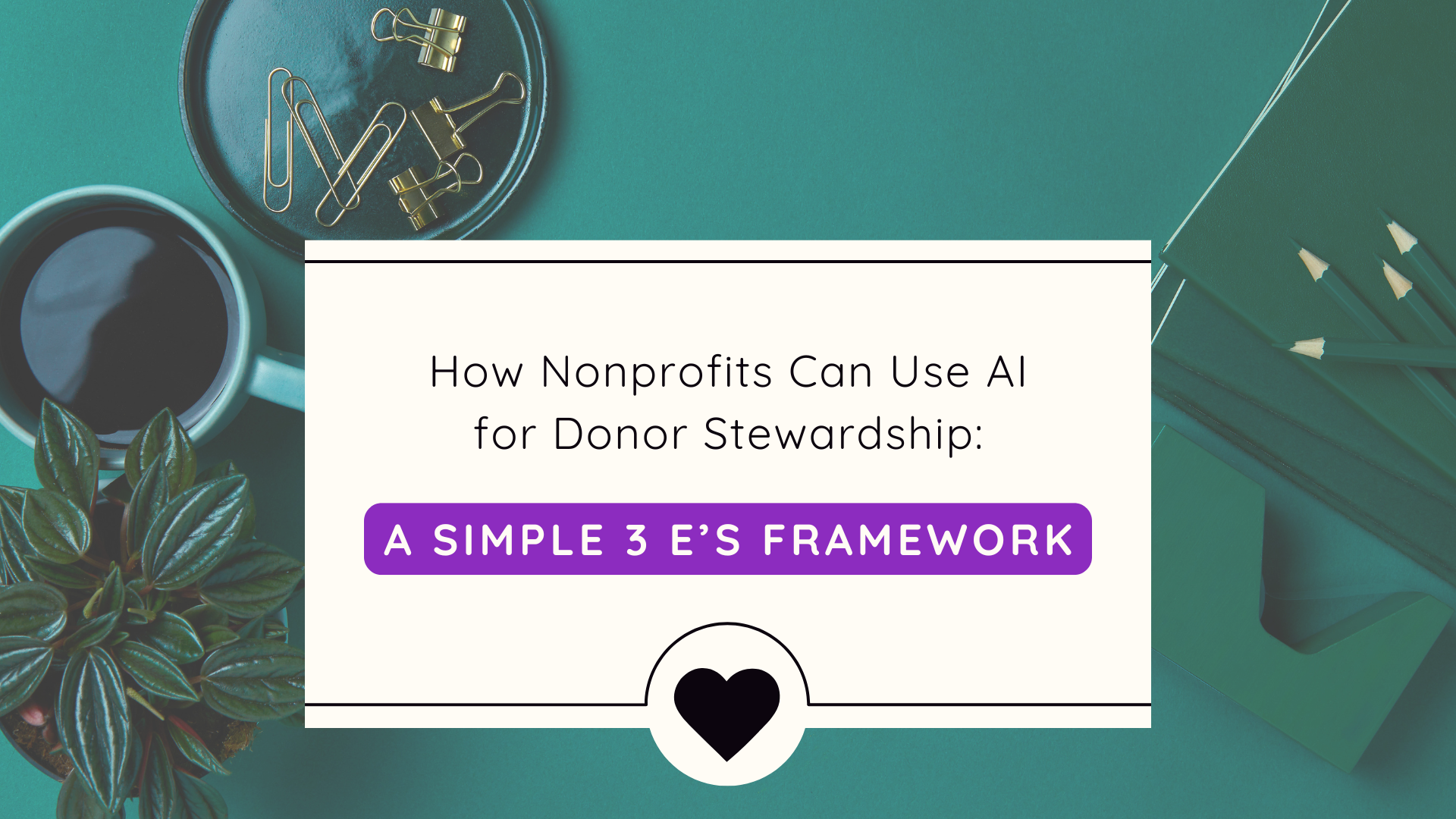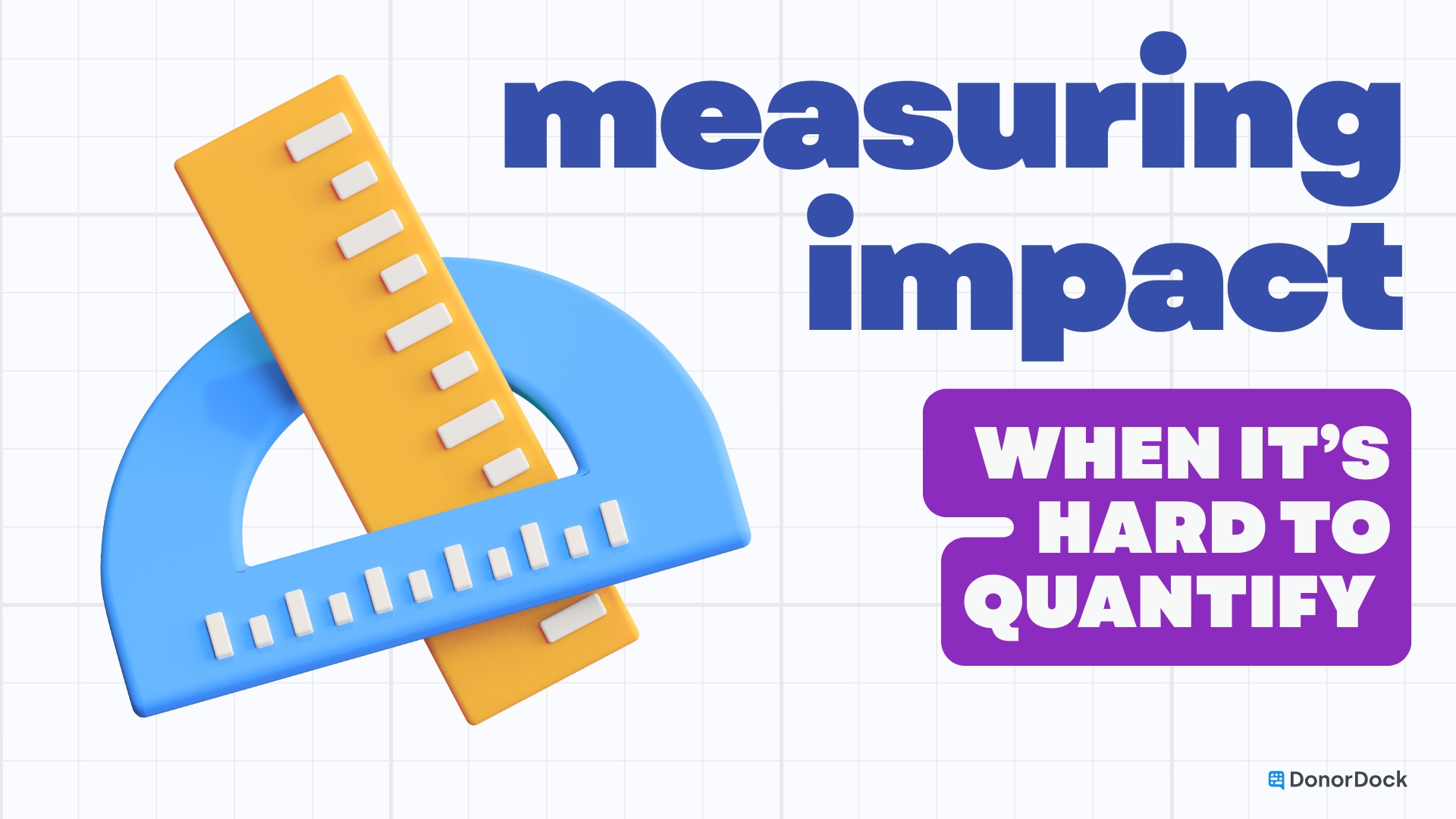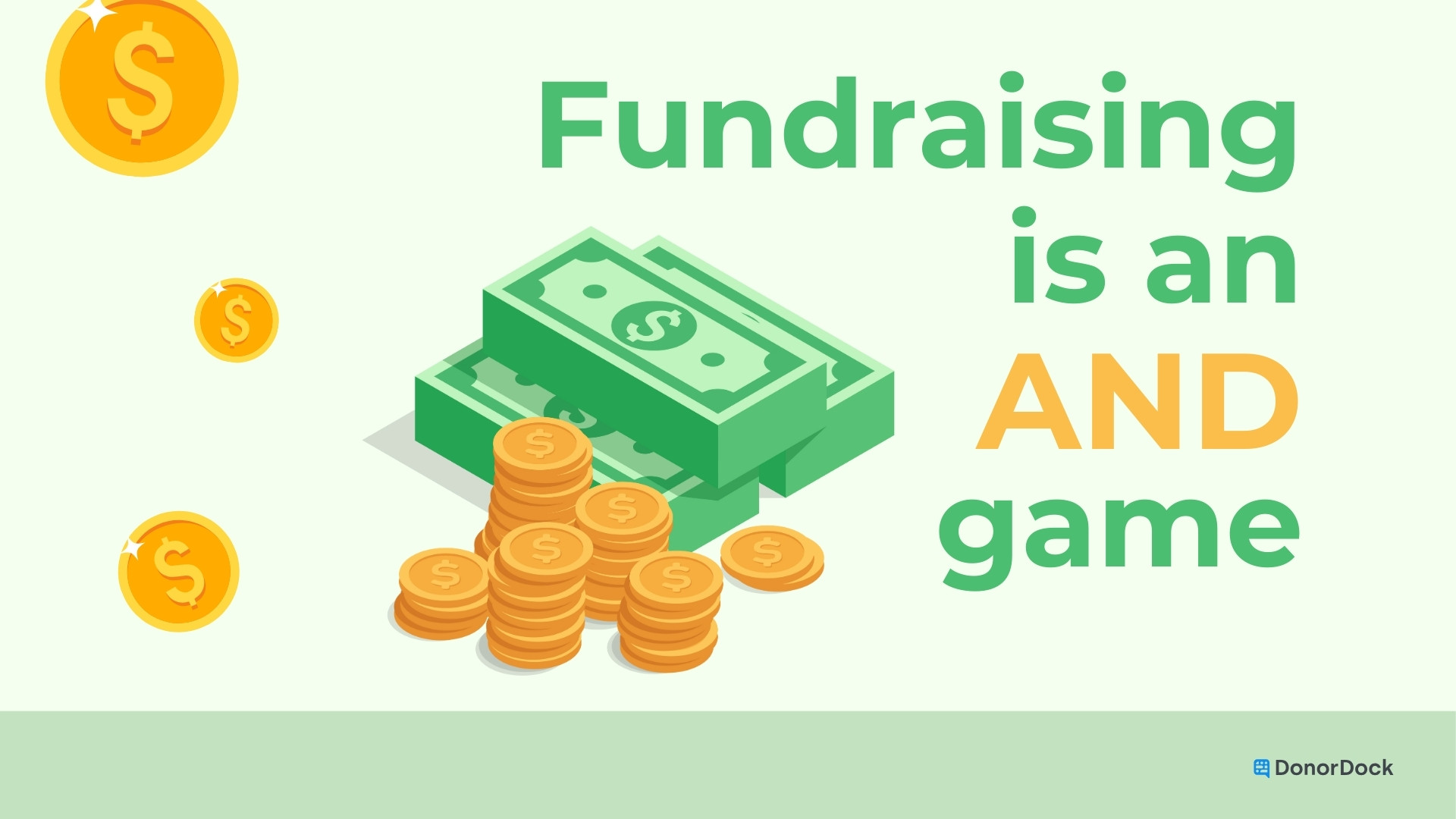Donor retention is an important metric for nonprofits; after all, it is far more costly to your organization to recruit and acquire new donors than it is to keep existing ones.
The need for retention is even more crucial during times of crisis, such as the Covid-19 pandemic we find ourselves in. This issue brings to light six simple strategies you can employ today to more effectively retain your donors.
First, what is donor retention?
To start, let’s make sure we are on the same page about what donor retention actually is. In the simplest terms, donor retention is ratio of donors who give to your organization after their first donation. In DonorDock, we calculate retention rate on a year-over-year basis.
The formula we use is to divide the number of repeat donors by the number of donors who gave last year. As a simple example, if you had 200 donors last year, and 100 of those donors gave again this year, the retention rate would be 50%.
According to the Fundraising Effectiveness Project, overall retention rate averages around 44.5%. This gives you a baseline to compare against your organization’s retention rate, assuming you are actively calculating it.
Now that we are on the same page about what donor retention is and what the average retention rate is within the nonprofit sector, on to the strategies to help maximize retention!
1) Consistent Engagement
Donors want to hear from you, so make sure you engage with them regularly. Don’t let them forget about your organization and your mission.
This engagement should be a healthy mix of one-to-many style engagement, such as newsletters or marketing emails, and one-to-one engagement such as individual calls, personal emails, or texts.
Also, don’t only engage to constantly make an appeal. You should be engaging with cultivation activities as well.
DonorDock provides a few resources to help you in this regard. Check out our Daily 5, where we help you consistently engage with donors on an ongoing basis through our Action Board.
2) Properly Segment Donors
Segmenting your donors will enable you to ensure that you are communicating effectively through channels of preference and about topics of importance to that donor.
Check out our free eBook, Mission Engage, as a helpful resource on how to effectively drive donor engagement. It outlines eight things to consider when segmenting your donors:
a. Communication Frequency – How often do they want to be communicated with?
b. Program Interests – What programs are they interested and invested in?
c. Affiliation – Are they affiliated with any other organizations or individuals who are engaged with your nonprofit?
d. Annual Giving Level – What giving level do they fall into?
e. Preferred Giving Channel – How do they prefer to give? Online, by check, through text?
f. Channels of Communication – How do they prefer to be communicated with? Email, social, text?
g. Generation – What generation are they a part of?
h. Type of Donor – Are they a one-time donor? Recurring donor? Major giver?
Proper segmentation is important, and then using that segmentation during engagement is crucial.
3) Effectively Saying Thank You
It seems fairly common sense you should thank donors for their contributions, but you would be surprised how many nonprofits don’t effectively or consistently thank donors. This should be the lowest common denominator for donor engagement – ALWAYS THANK YOUR DONORS FOR EVERY GIFT!
A few things to consider when thanking donors:
1. Make sure to include a personal message. Even if you print or email your receipt from your CRM or donor database, write a personal message on it before sending it out.
2. Keep in mind the size of the gift and the giving history of the donor. Major gifts will likely warrant more than a simple thank you note. First or second time gifts, or spike-up gifts should all be treated differently. The Action Board in DonorDock not only alerts you of these different scenarios, but also provides you tips based on fundraising best practices to help you effectively thank your donors.
3. Say thank you even when a donor hasn’t sent a gift. Thank them at varying times for their past contributions. Let them know how much you appreciate their investment in your mission.
4) Include Your Whole Team
A donor-centric organizational strategy should be shared by everyone in your organization. Include donor retention and engagement activities in all roles where it makes sense. While there are certainly roles within a nonprofit that are more focused on donor relationships, the best organizations are able to get their whole team to buy-in to the importance of being donor-focused and putting an emphasis on a positive donor experience.
5) Solicit Feedback
Donors often have feedback and want to feel they are being heard. Ask them questions - survey them on what they find important about your organization, where you might consider investing resources, and ask for feedback on their experience as a donor. Also, ask them questions to help you segment them properly. You can even consider creating an advisory committee that can help your organization assess the donor experience and help strategize ways to better engage donors, from a donor’s perspective.
6) Be Purposeful
Donor engagement and retention doesn’t happen by accident. It takes a donor-centric strategy and a lot of work. Be purposeful and authentic in your donor touch points. Talk to them in language they will understand and appreciate. Make your relationship with donors about more than just asking for donations. If you put in the work and buy-in to being focused on your donors, how they feel, how they perceive your organization, the experience they have as a donor, and listening to them, you will be more effective in your donor retention efforts.
Let us know what strategies you find most successful in retaining donors through our Facebook page or on Twitter. We would love to hear from you!

.webp)










